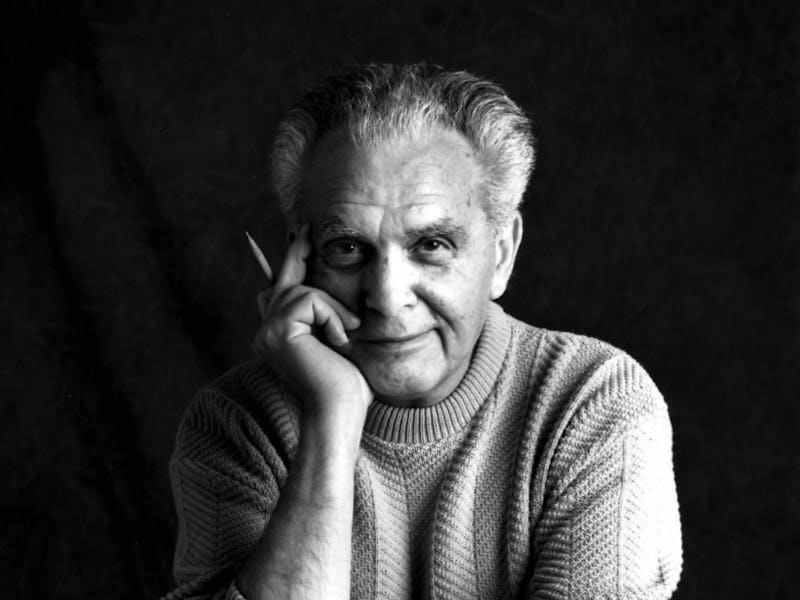Happy Birthday, Jack Kirby: Celebrating the Legend of Marvel and DC Comics
He would be 98 today.

A happy 98th birthday to Jack Kirby, one of the most influential comic book creators of all time.
Though he unfortunately did not live to see how much his work has been embraced by the global popular culture (he died in 1994), Kirby’s legacy lives on. With his fingerprints on Marvel and DC, Kirby co-created the X-Men, Fantastic Four, the Hulk with Stan Lee, and Captain America with Joe Simon.
A hero of World War II, Captain America -- co-created by Jack Kirby -- was revived in the 1960s and joined Marvel's Avengers in 'The Avengers #4' (1964).
Kirby’s oeuvre stands with anyone in 20th-century American publishing, but he’s overshadowed by his longer-lived collaborator Lee. Ol’ Stan has racked up something like 90 acting credits, the majority of them in the 21 years since Kirby’s death.
But if Lee has become the face of the Marvel cultural takeover, it was Kirby’s mind that helped lay the groundwork. Renowned author Grant Morrison described Kirby’s work as “staged across Jungian vistas of raw symbol and storm,” and lauded his “boundless imagination let loose onto paper.”
Curious as to why popular comics of the ‘60s have that distinct look that other comics tend not to? That’s Jack Kirby. He developed a signature technique that took advantage of negative space to illustrate effects — explosions, ray guns, cosmic energy — which gave his comics an otherworldly feeling. If Bruce Lee had Jeet Kune Do, Jack Kirby had the Kirby krackle.
This cover of 'Fantastic Four #72' from 1968 is a prime example of Kirby's signature art style.
Philosophy professor and author Jeffrey J. Kripal wrote of Jack Kirby’s art kung-fu in his 2011 book Mutants and Mystics: Science Fiction, Superhero Comics, and the Paranormal:
For Kirby, the human body is a manifestation or crystallization of finally inexplicable energies—a superbody … signaled by “burst lines” and a unique energy field of black, blobby dots that has come to be affectionately known as the “Kirby Krackle.” The final result was a vision of the human being as a body of frozen energy that, like an atomic bomb, could be released with stunning effects, for good or for evil. These metaphysical energies, I want to suggest constitute the secret Source of Kirby’s art.
In 2007, a New York Times op-ed from Brent Staples wrote of Kirby:
He created a new grammar of storytelling and a cinematic style of motion. Once-wooden characters cascaded from one frame to another — or even from page to page — threatening to fall right out of the book into the reader’s lap. The force of punches thrown was visibly and explosively evident. Even at rest, a Kirby character pulsed with tension and energy in a way that makes movie versions of the same characters seem static by comparison.
And when you have movies like these, that’s kind of an amazing feat. Astonishing, maybe. Perhaps fantastic.
Or incredible.